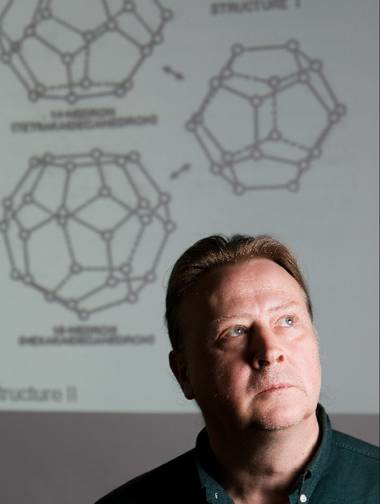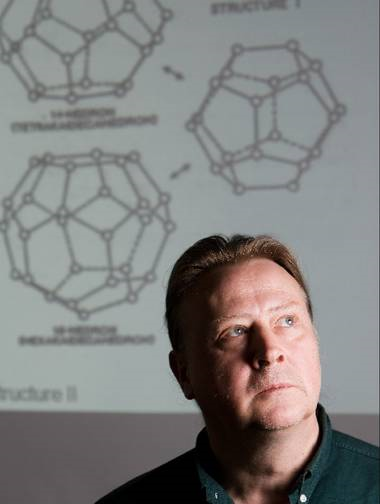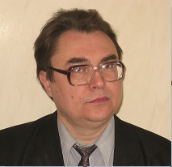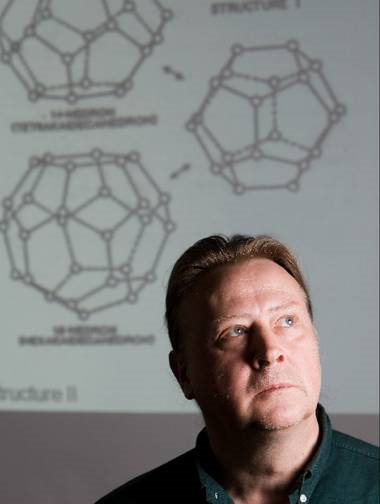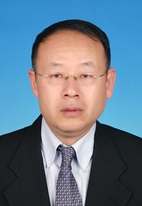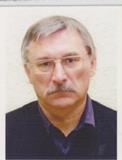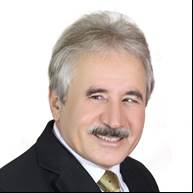Scientific Program
Keynote Session:
Title: Mechanism for conversion from methane hydrate over to carbon dioxide dominated hydrate during injection of carbon dioxide into methane hydrate filled sediments
Biography:
Abstract:
Title: PCP2AFE: Algorithms in dual-transforming between corner point grid of PETREL and finite element grid of ANSYS
Biography:
Abstract:
Title: Vibration effects on submarine pipelines and steel catenary risers
Biography:
Abstract:
Oral Session 1:
- Petroleum Geology | Geophysical Exploration | Hydraulic Fracturing | Advanced Drilling Technologies | Petroleum Refineries | Computer Applications in Petroleum Engineering | Computational Modelling | Petroleum Desulphurization

Chair
Jiang Yang
Xian Petroleum University, China
Title: CO2 minimum miscibility pressure (MMP) correlation predicts slim tube experimental data very precisely
Biography:
Abstract:
Title: Development of possible leakage pathways for CO2 in between well cement and injection pipeline during injection of CO2 for aquifer storage
Biography:
Abstract:
Title: Hydraulic fracturing in soils with immiscible and miscible fluids
Biography:
Abstract:
Title: Elastic seismic imaging using acoustic propagators
Biography:
Abstract:
Title: Molecular simulations of surfactant-modified interfaces: Numerical tools and analysis
Biography:
Abstract:
Title: Natural hydrocarbon reservoir modeling: Advantages and disadvantages of different geostatistical methods for borehole data interpolation
Biography:
Abstract:
Title: Molecular simulations of surfactant-modified H2O/CO2 and H2O/hydrocarbon interfaces
Biography:
Abstract:
Keynote Session:
Title: Fracturing fluid with cellulose nanofiber and viscoelastic surfactant
Biography:
Abstract:
Oral Session 1:
- Reservoir Engineering & Reservoir Simulation | Advanced Natural Gas Engineering | Petrophysics & Petrochemistry | New frontiers in Petroleum Engineering | Major Challenges in Petroleum Industry | Environmental Impacts in Petroleum Engineering | Petroleum Substitutes | Petroleum Economics

Chair
Mao Pan
Peking University, China
Title: Modeling CO2 hydrate formation during aquifer storage and during storage in CH4 hydrate with associated CH4 production
Biography:
Abstract:
Title: PCP2AFE: Algorithms in dual-transforming between corner point grid of PETREL and finite element grid of ANSYS
Biography:
Abstract:
Title: Technology of pulse hydraulic fracturing
Biography:
Abstract:
Title: Energy recovery from natural gas hydrates: Effect of horizontal flow conduit incorporation on gas and water production
Biography:
Zheng Rong Chong is a PhD candidate in the Department of Chemical and Biomolecular Engineering at the National University of Singapore. His research interest is in the area of experimental investigation on energy recovery from natural gas hydrates.
Abstract:
Natural gas hydrates found beneath permafrost and continental margin have been regarded as a potential source of future energy. Driven by the abundance of hydrate resources (~3000 TCM), a number of scientific production tests and experimental studies have been conducted to elucidate the production behavior from hydrate bearing layers. However, due to the complexity of events that occur simultaneously during hydrate dissociation in porous media (e.g., multiphase transport across porous media of varying porosity, secondary hydrate formation, etc.), the current understanding on the gas and water production behavior from hydrate bearing sediment is still limited. Therefore, more experimental data is required to calibrate the reservoir simulators. In this study, we compared gas and water production kinetics from hydrate bearing sediments with 40% hydrate saturation between no well (N1-N3) and horizontal well (H1-H3) configuration via depressurization. A miniature horizontal production wellbore with multiple boreholes of 2 mm diameter was incorporated within the hydrate bearing sand to investigate how it would alter gas and water production. The surrounding temperature was 281.5 K, and 3 bottom hole pressures (3.5, 4.0 and 4.5 MPa) were experimented. Our experimental results clearly shown that gas and water production kinetics were significantly affected by the incorporation of wellbore: gas production was prolonged to ~10 hour at 4.5 MPa condition; whereas water production ceased within 2 hours-demonstrating that incorporation of flow conduit indeed facilitated gas to flow out of the sediment. For all experimental pressures, the incorporation of horizontal flow conduits (H1-H3) caused an increase in cumulative gas production by ~10% and a decrease in water production by ~20%. The simultaneous increase in gas production and decrease in water production is desirable as water is produced as a by-product during field exploration, consuming pumping power and requiring treatment before its discharge.
Title: Energy recovery from natural gas hydrates: Numerical modeling of natural gas hydrate dissociation in porous media by depressurization with parametric study
Biography:
Zhenuan Yin is a PhD student in the Department of Chemical and Biomolecular Engineering at National University of Singapore. His research interests are in the areas of numerical modeling of natural gas hydrate formation and dissociation kinetic behavior, hydrate reservoir simulator (TOUGH+Hydrate) and multiphase fluids flow in porous media and pipeline.
Abstract:
Natural gas hydrates (NGH) are stable under low temperature and high-pressure conditions. They are abundant in nature located at permafrost and deep-water locations. With the current estimation of ~20,000 trillion cubic meter natural gas trapped in hydrate-form, NGH are considered as a very promising next-generation fuel source. This has provided a strong research impetus for understanding the kinetic behavior of NGH dissociation in porous media and the corresponding gas and water production. In this work, a 2D cylindrical axi-symmetric model was constructed to simulate NGH dissociation in porous media by depressurization method. The simulation domain accurately describes the geometry of the 1.0 L hydrate reactor used in one of our recent experimental studies. The physics involved includes multi-component heat and mass transfer, multi phase fluids flow through porous media and NGH dissociation intrinsic kinetic rate. The initial condition of the simulation is at temperature of 281.4 K and pressure of 6.1 MPa, with pore volume saturation of 40% hydrate, 56% aqueous and 4% gas. The bottom hole pressure of the outlet is maintained at 4.0 MPa during hydrate dissociation. The cumulative gas production is estimated and validated against experimental data, showing a good agreement between observations and numerical predictions. The predictions of the spatial distributions of temperature, hydrate saturation and gas saturation over time show that hydrate dissociates layer by layer with a diffusive hydrate dissociation front. Excess gas from reactor is produced initially before production of gas dissociated from hydrate. In addition, a parametric study on critical heat and fluid transport parameters, i.e. thermal conductivity, intrinsic permeability, are conducted to elucidate their effects on hydrate dissociation and gas production behavior.
Title: Possible application of enhanced oil recovery technology in low permeability carbonate reservoir
Biography:
Abstract:
Title: Pressure interference identification and well spacing optimization for a multi-well pad in Zhaotong Shale, China
Biography:
Abstract:
Title: Research on reservoir characteristics in Zhaotong area Wufeng formation-Longmaxi 11 formation high quality shale
Biography:
Abstract:
Title: Pendulum swing: Local content requirements in the oil and gas sectors and the law of unintended consequences
Biography:
Berryl Claire Asiago is a Doctoral researcher working in International and European Energy Law in University of Eastern Finland.

